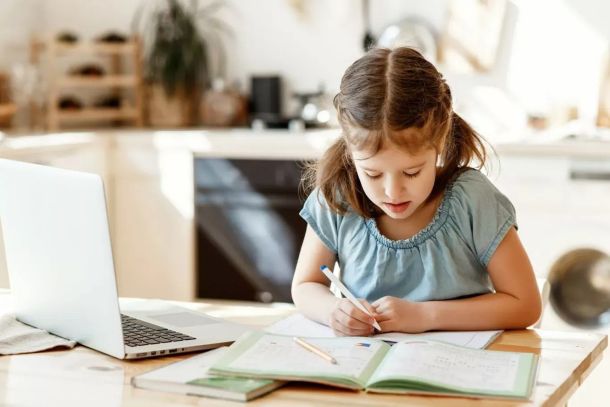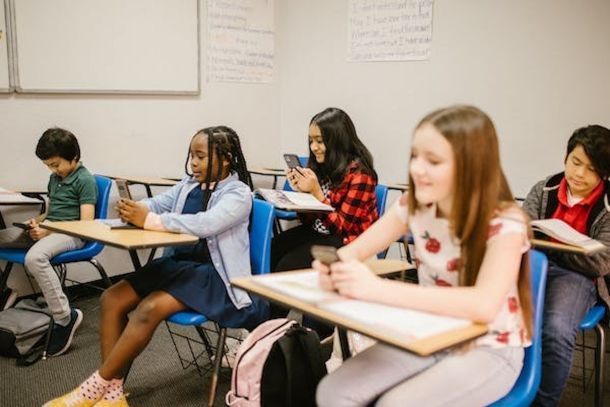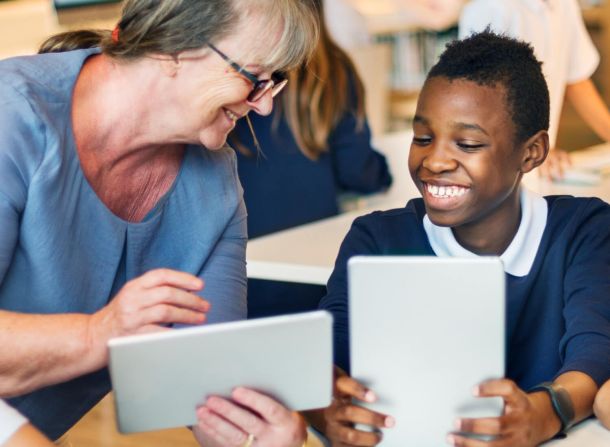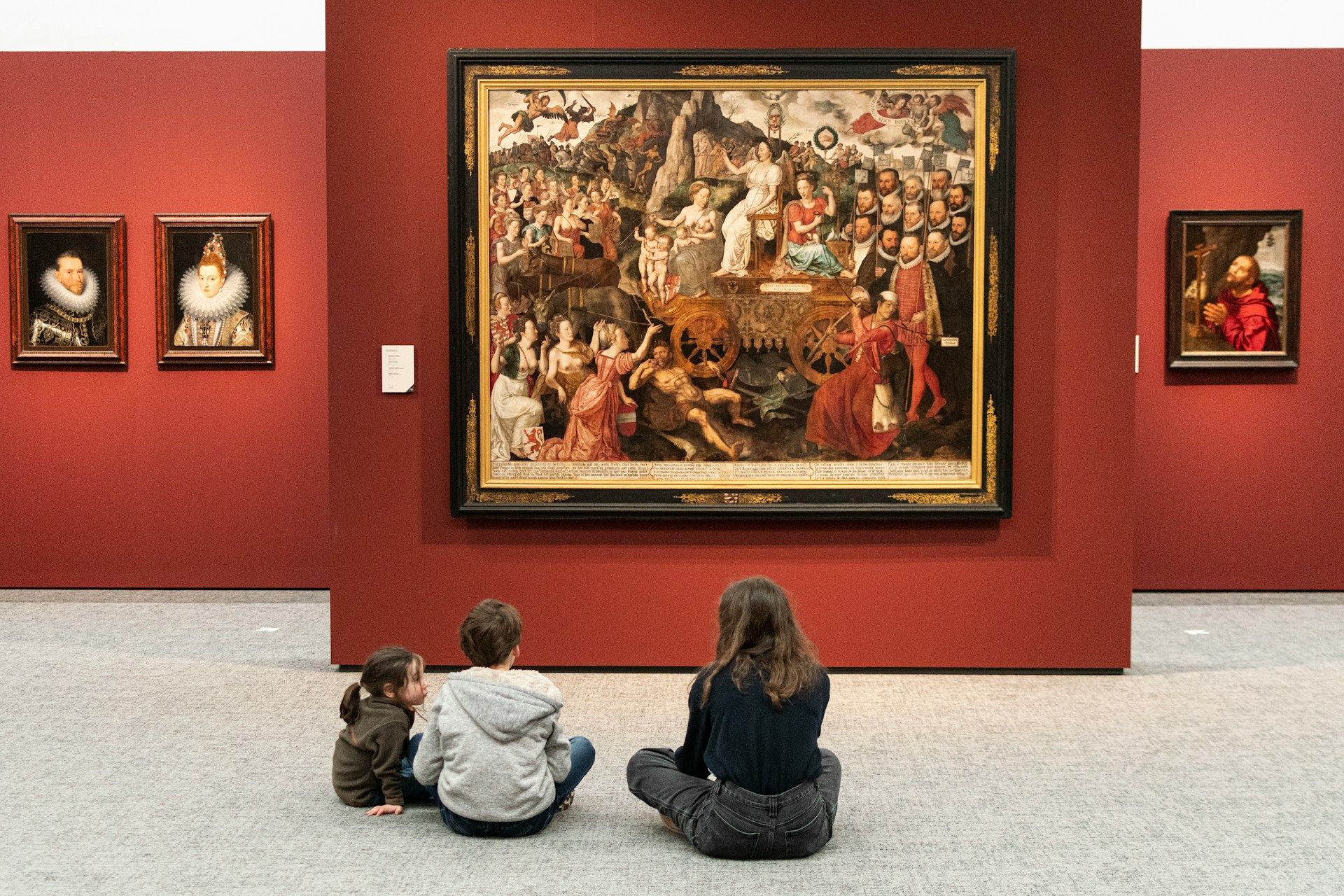
Educational benefits of taking children to the museum
Museums and other informal learning environments invite children to engage in varied exhibitions and activities, to explore and understand new concepts.
When we go to museums, we learn and discover things about the past and future, science, art and cultures, offering unique educational opportunities.
"As museums broaden their missions and seek out new target groups, learning becomes a fresh and central concern for these institutions as a whole. In all departments, museums increasingly see themselves as providers of active learning." says Shari Tishman, lecturer in the Arts in Education Program at the Harvard Graduate School of Education.
Intentionally or not, museums embody visions of what is worth discovering. operated, and the way artworks, objects and historical materials are presented - from works of painting, sculpture, fashion and architecture, to drawings of animals and their environments, to scientific experiments and historical objects - embody visions of how learning and evolution take place. 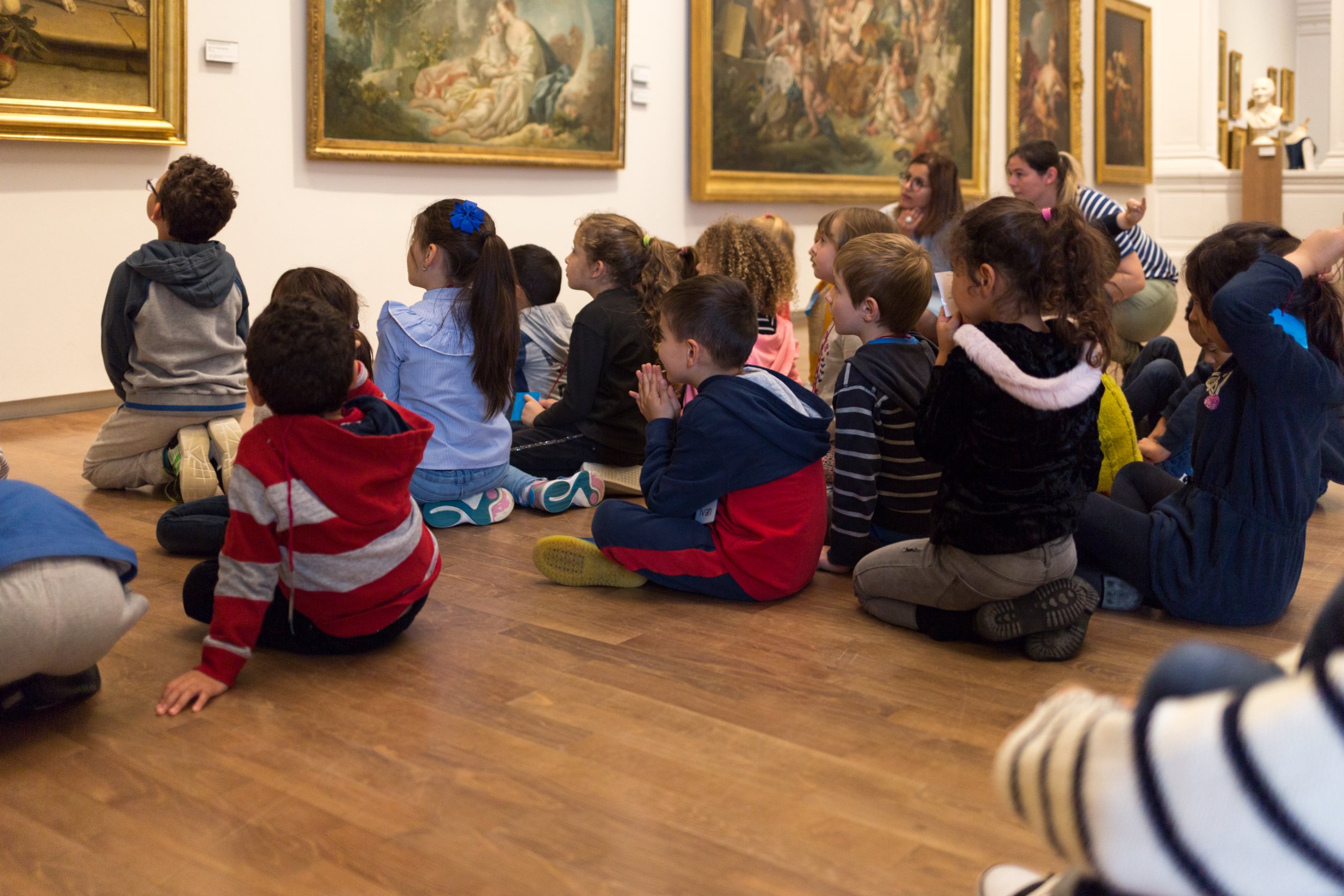
Educational benefits when children go to museums
There's no doubt about it - visits to museums can bring many benefits to children. Museum-based learning may or may not significantly improve children's academic performance, but it will certainly have a positive impact on their cognitive ability, motivation, problem-solving and communication skills.
Top 7 best museums in the world
1. THE MUSEUM OF MODERN ART (MOMA), NEW YORK, USA
Founded in 1929 as an educational institution, The Museum of Modern Art (MoMA) is dedicated to being the world’s foremost museum of modern art. The museum manifests this commitment by establishing, preserving, and documenting a collection of the highest order that reflects the vitality, complexity and unfolding patterns of contemporary art.
2. THE VATICAN MUSEUMS, VATICAN CITY, ITALY
While Vatican City is home to the Roman Catholic Church’s governing body and its head, the pope, this small sovereign city-state within Rome offers a wealth of cultural attractions open to visitors of any faith. No visit to the Vatican City would be complete without visiting the world-famous Vatican Museums. They display works from the immense collection amassed by the Catholic Church and the papacy throughout the centuries including several of the most renowned Roman sculptures and most important masterpieces of Renaissance art in the world.
3. THE UFFIZI GALLERIES, FLORENCE, ITALY
The Uffizi Galleries in Florence occupies the first and second floors of a large building constructed between 1560 and 1580 and designed by Giorgio Vasari. It is famous for its outstanding collections of ancient sculptures and paintings (from the Middle Ages to the Modern period). The collections of paintings from the 14th-century and Renaissance period include some absolute masterpieces. Moreover, the Gallery boasts an invaluable collection of ancient statues and busts from the Medici family, which adorns the corridors and consists of ancient Roman copies of lost Greek sculptures.
4. THE BRITISH MUSEUM, LONDON, UNITED KINGDOM
The British Museum in London was founded in 1753 and opened its doors in 1759. It was the first national museum to cover all fields of human knowledge, open to visitors from across the world. No other museum is responsible for collections of the same depth and breadth, beauty and significance. Its eight million objects allow us to explore the extraordinary diversity of human cultures, from small communities to vast empires, to discover the many forms and expressions human beings have given to every aspect of life, and to realize how closely they are interconnected.
5. LE LOUVRE, PARIS, FRANCE
A visit to the Louvre and its collections lets visitors discover Western art from the Middle Ages to 1848, as well as a large number of ancient civilizations. Yet it also offers another history to explore. The grand palace that houses the museum, which dates back to the late twelfth century, is a true lesson in architecture: from 1200 to 2011, the most innovative architects have in turn built and developed the Louvre. Long the seat of power, this royal residence was also home to French heads of state until 1870 and is one of the major backdrops to the history of Paris and of France.
6. CHOCO STORY, BRUSSELS
By visiting Choco-Story Brussels, you will learn how first the Mayas, then the Aztecs, grew cocoa trees, how the cocoa bean conquered Europe and how cocoa is made into chocolate. A master chocolate-maker will prepare pralines right in front of you. Tasting chocolate is of course a part of the tour and there is a shop for those of you who want more!
7. THE ACROPOLIS MUSEUM, GREECE
The stunning ground floor gallery houses finds from the slopes of the Acropolis. Its amazing transparent glass floor provides a walk over history, with a view of the archaeological excavation, while sloping upward to the Acropolis with sanctuaries of the Athenians from each historic period nearby. Smaller settlements have been excavated, yielding glimpses of Athenian life. For the first time, the exhibits in the Archaic Gallery allow visitors to take in all sides of the objects, which are displayed in open spaces characterized by changing natural light.
Pack your bags, go on a vacation with the kids and visit the most interesting museums in the world, if you need more ideas, look here.
It is very valuable to look at pupils' progress both from a process perspective and from a bigger picture perspective. Kinderpedia is a very easy-to-use professional tool that allows teachers to assess children's progress at any time and share their achievements with parents in real time. Observations and progress reports give teachers an accurate assessment of each pupil's level at any point in the school year.

Kinderpedia
The complete communication and management solution for schools and childcare centres.
Simplifies teachers' work and brings parents closer to their children's school progress.
Recommended articles
Want to improve your center quality? Kinderpedia is here to help! Not only do we provide thousands of informational content pieces like blog posts, podcasts, webinars and more, we are also makers of the #1 Rated and Reviewed Childcare Software.




